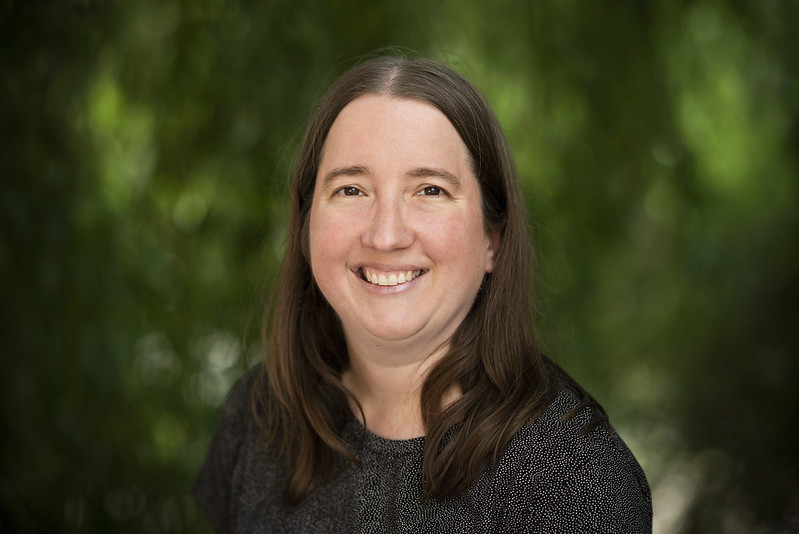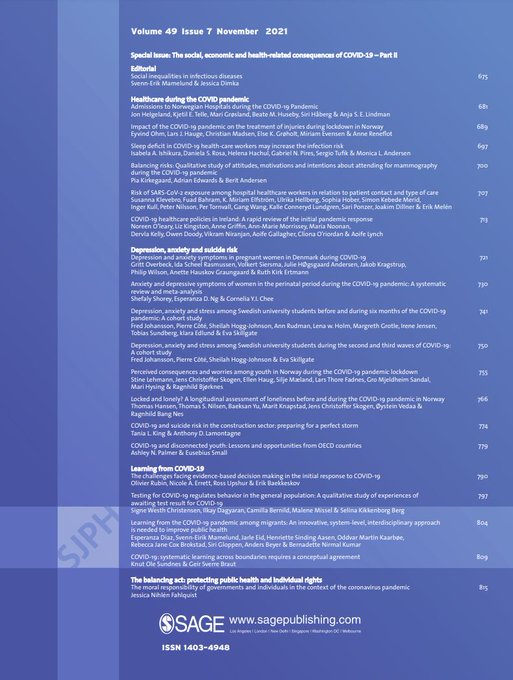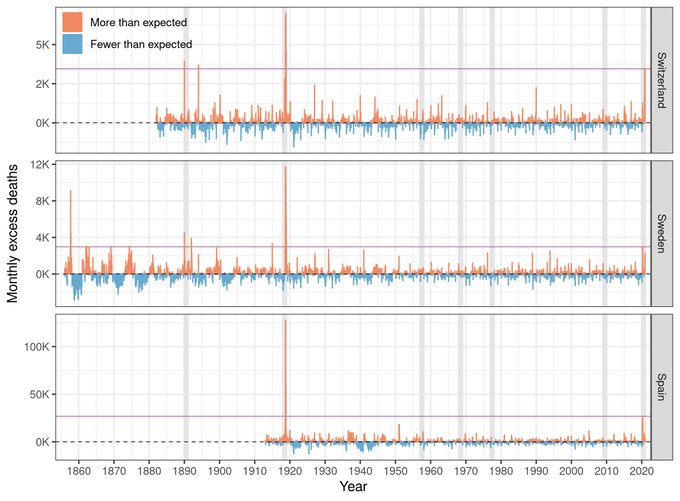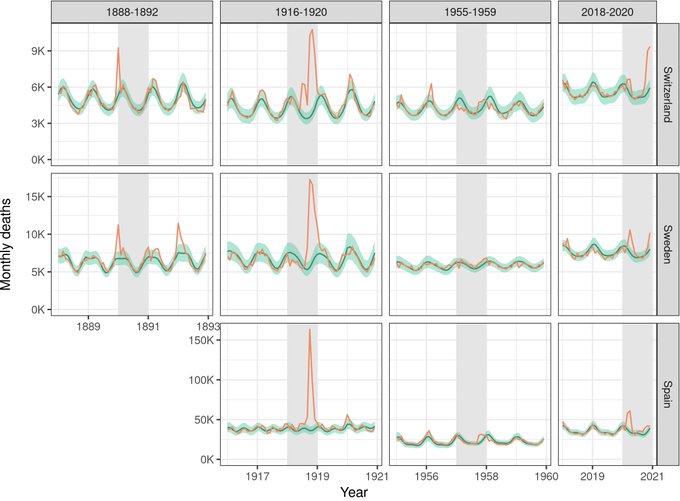New paper out: Indigenous peoples & Pandemics

Photo: Orphans after the “Spanish” flu pandemic in Nushagak, Alaska, summer of 1919. Source: Alaska Historical Library
In this new paper in Scandinavian Journal of Public health, titled Indigenous peoples and pandemics – Daniele E. Alves, Svenn-Erik Mamelund, Jessica Dimka, Lone Simonsen, Mathias Mølbak, Søren Ørskov, Lisa Sattenspiel, Lianne Tripp, Andrew Noymer, Gerardo Chowell-Puente, Sushma Dahal, Taylor P. Van Doren, Amanda Wissler, Courtney Heffernan, Kirsty Renfree Short, Heather Battles, Michael G. Baker, 2022 (sagepub.com), we have done a review of the literature on Indigenous vs. non-Indigenous disparities in mortality during the 1918 and 2009 influenza pandemics as well as the ongoing COVID-19 pandemic.
The paper concludes that there there were large disparities in mortality in 1918 and in 2009. However, there are simply not enough high quality data, which makes it difficult to investigate whether Indigenous peoples have a larger COVID-19 mortality risk than non-Indigenous persons.
This paper is the first of several collaborative papers that will come out of the 2022-2023 CAS-project titled Social Science Meets Biology: Indigenous People and Severe Influenza Outcomes – CAS and led by PANSOC leader Mamelund








